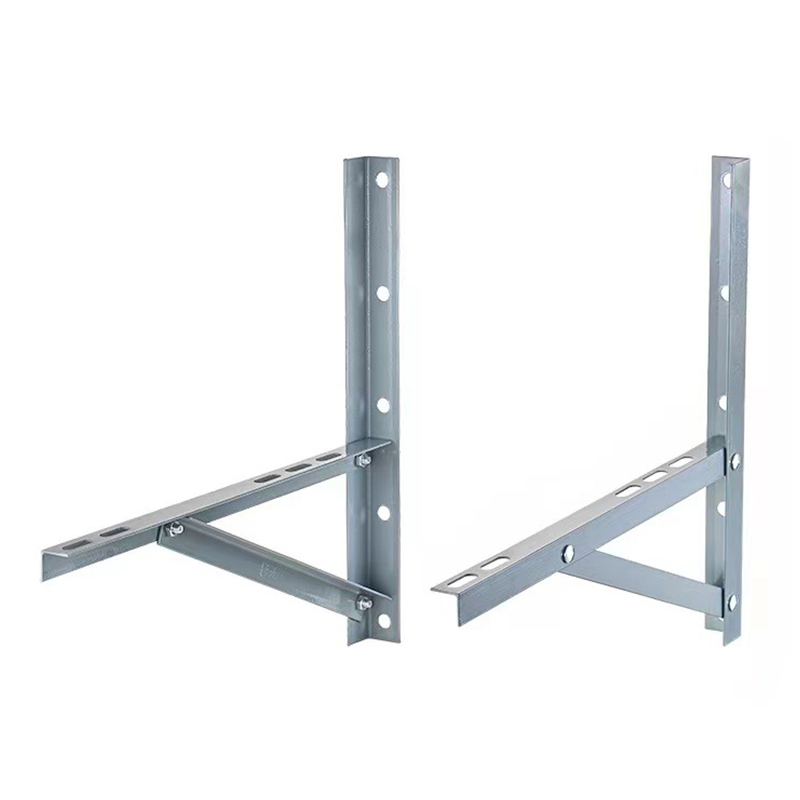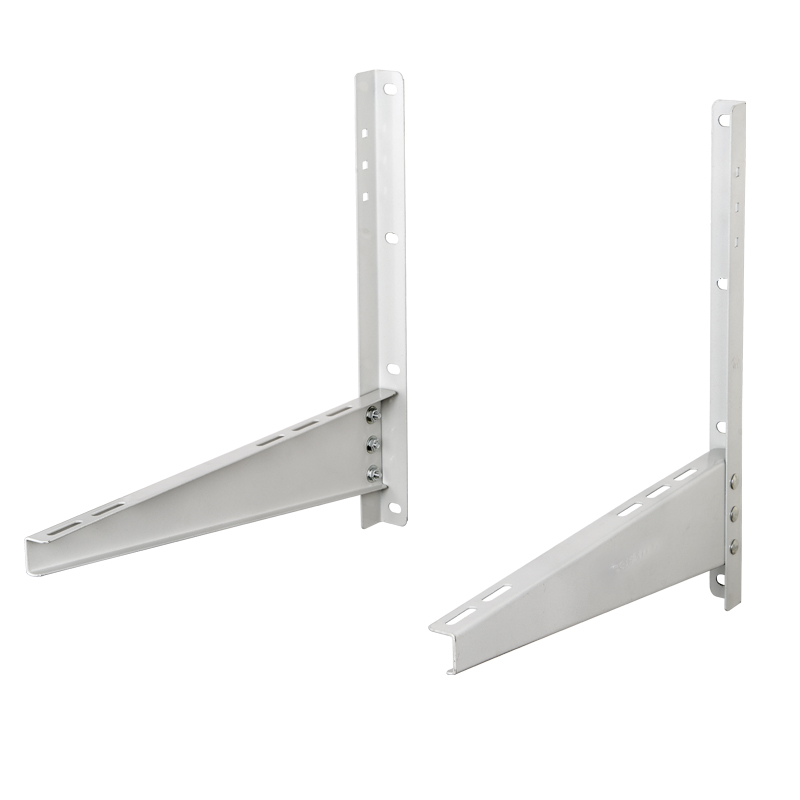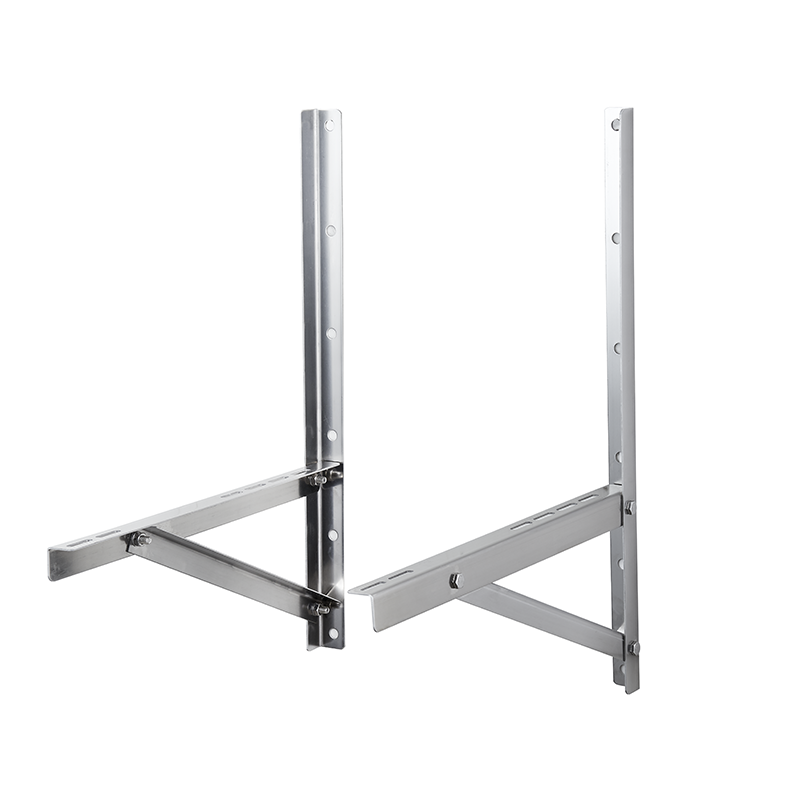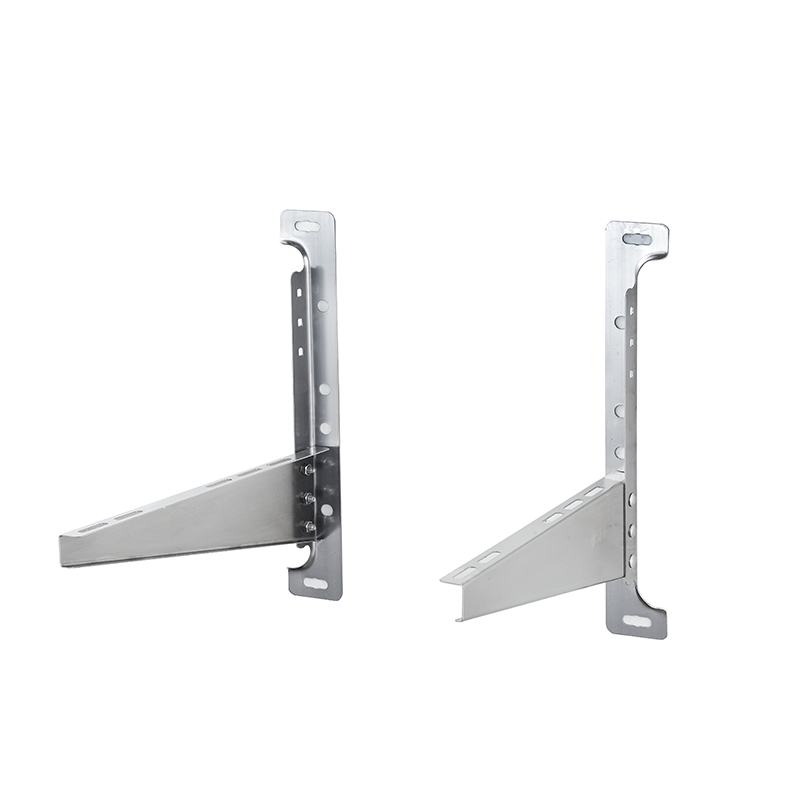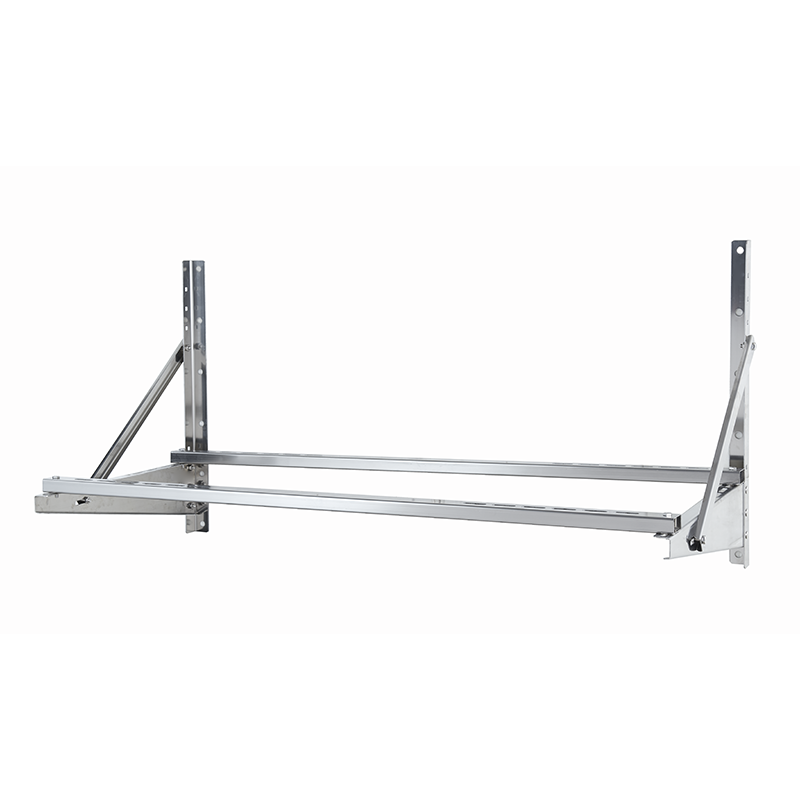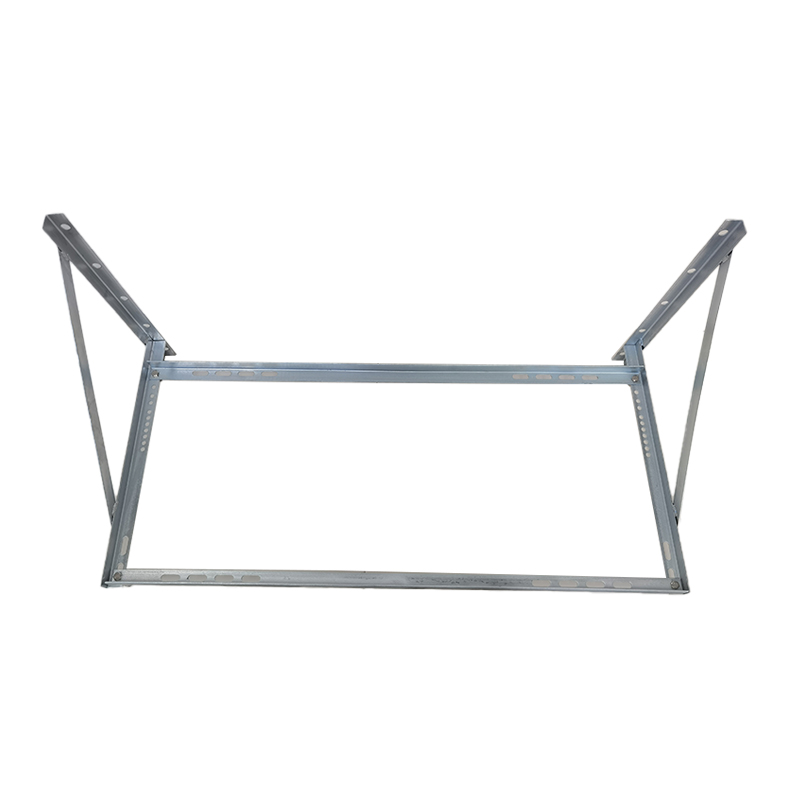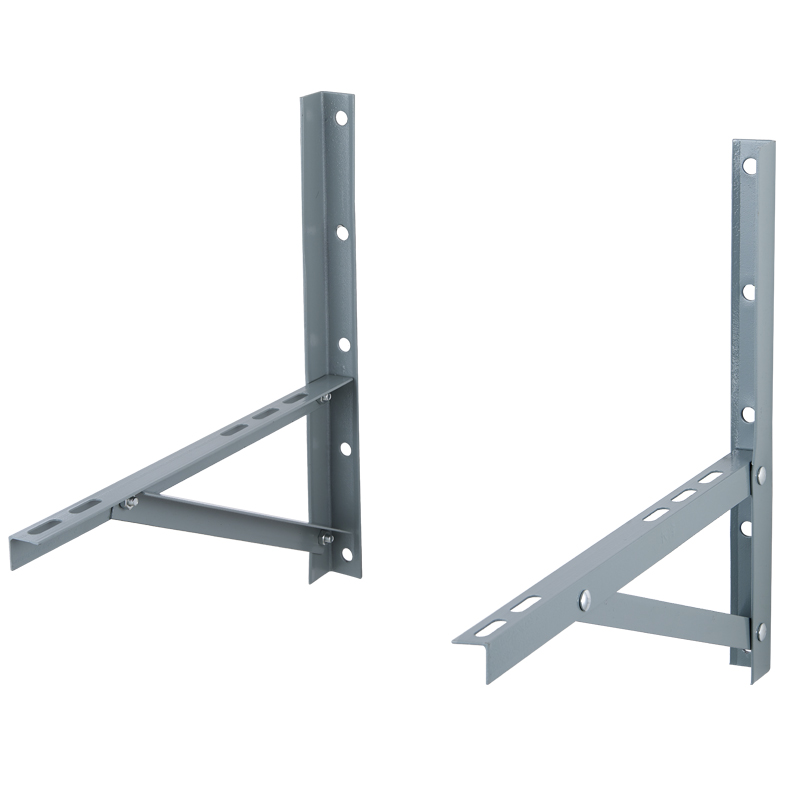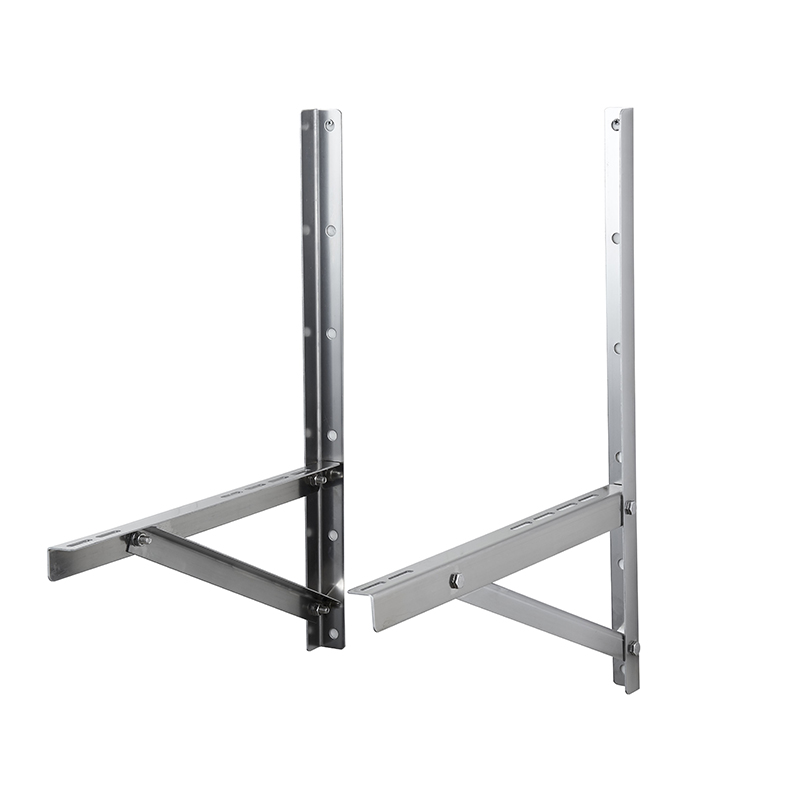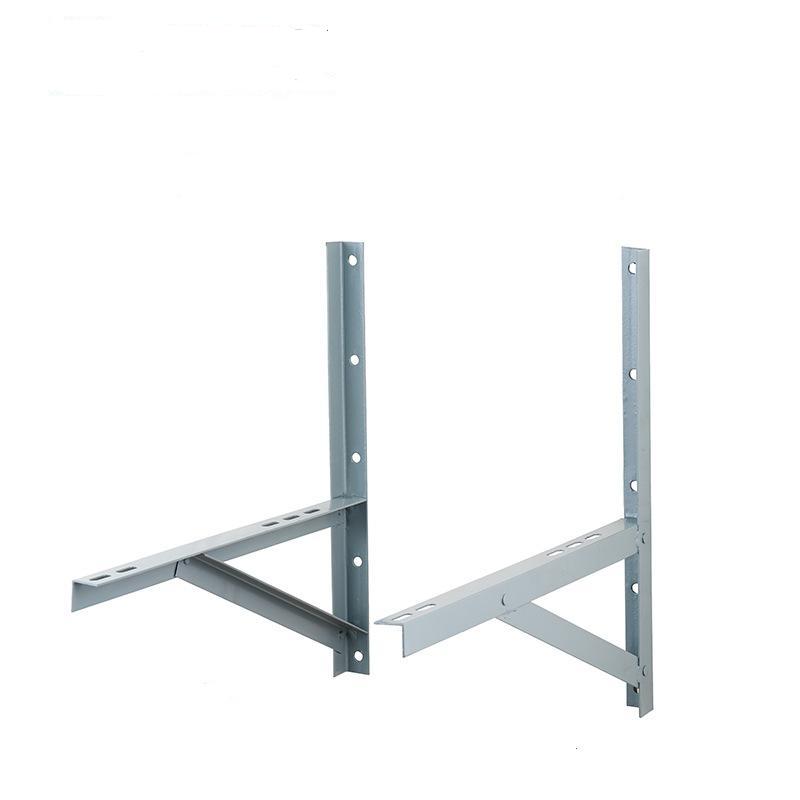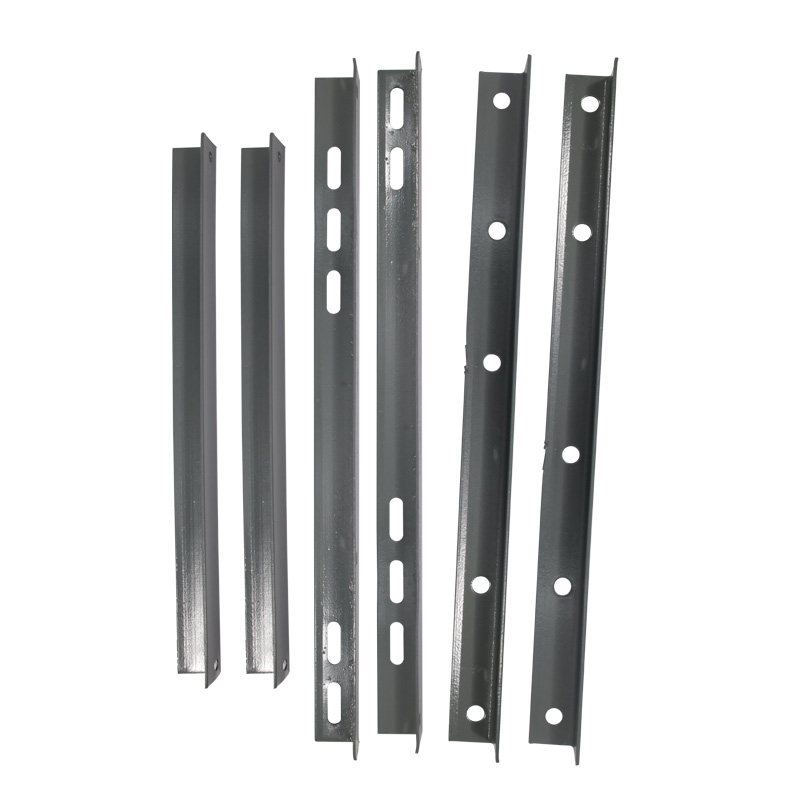When choosing materials for an air conditioner bracket, it's important to consider factors like durability, strength, corrosion resistance, and compatibility with your air conditioner's weight and size. Here are some key points to help you select the right materials:
1. Material Types
Galvanized Steel:
Pros: Strong, durable, and resistant to rust and corrosion due to the zinc coating.
Cons: Heavier than other materials, which may make installation more challenging.
Best For: Heavy-duty use and outdoor installations where durability is critical.
Stainless Steel:
Pros: Highly resistant to rust and corrosion, lightweight, and strong.
Cons: More expensive than galvanized steel.
Best For: Coastal or humid environments where corrosion is a concern.
Aluminum:
Pros: Lightweight, corrosion-resistant, and easy to install.
Cons: Not as strong as steel, so it may not be suitable for very heavy air conditioners.
Best For: Lightweight air conditioners and indoor use.
Powder-Coated Steel:

Pros: Combines the strength of steel with a protective coating that resists rust and corrosion.
Cons: The coating can wear off over time, exposing the metal to rust.
Best For: Outdoor use in moderate climates.
2. Weight Capacity
Ensure the bracket material can support the weight of your air conditioner. Check the manufacturer's specifications for both the bracket and the AC unit.
For heavier units, steel brackets (galvanized or stainless) are generally the best choice.
3. Corrosion Resistance
If the bracket will be exposed to moisture, humidity, or salt air (e.g., coastal areas), choose materials like stainless steel or galvanized steel, which offer excellent corrosion resistance.
Aluminum is also a good option for corrosion resistance but may not be suitable for very heavy units.
4. Wall Compatibility
Consider the type of wall where the bracket will be installed (e.g., concrete, brick, or drywall). Some materials, like stainless steel, are better suited for heavy-duty anchoring.
5. Aesthetic Considerations
If the bracket will be visible, you may want to choose a material with a finish that matches your home's exterior or interior design. Powder-coated brackets come in various colors and finishes.
6. Budget
Stainless steel is the most expensive but offers the best durability and corrosion resistance.
Galvanized steel is a cost-effective alternative for outdoor use.
Aluminum is affordable and lightweight but may not be suitable for heavy units.
7. Installation and Maintenance
Choose a material that is easy to install and maintain. Stainless steel and aluminum require minimal maintenance, while galvanized steel may need occasional checks for rust.
8. Local Climate
In areas with high humidity, rain, or salt air, prioritize corrosion-resistant materials like stainless steel or galvanized steel.
In dry climates, aluminum or powder-coated steel may suffice.
Summary:
Outdoor Use: Stainless steel or galvanized steel for durability and corrosion resistance.
Indoor Use: Aluminum or powder-coated steel for lightweight and cost-effective solutions.
Heavy Units: Stainless steel or galvanized steel for maximum strength.
Coastal Areas: Stainless steel for superior corrosion resistance.
Always check the manufacturer's recommendations and ensure the bracket meets safety standards for your specific air conditioner model.

